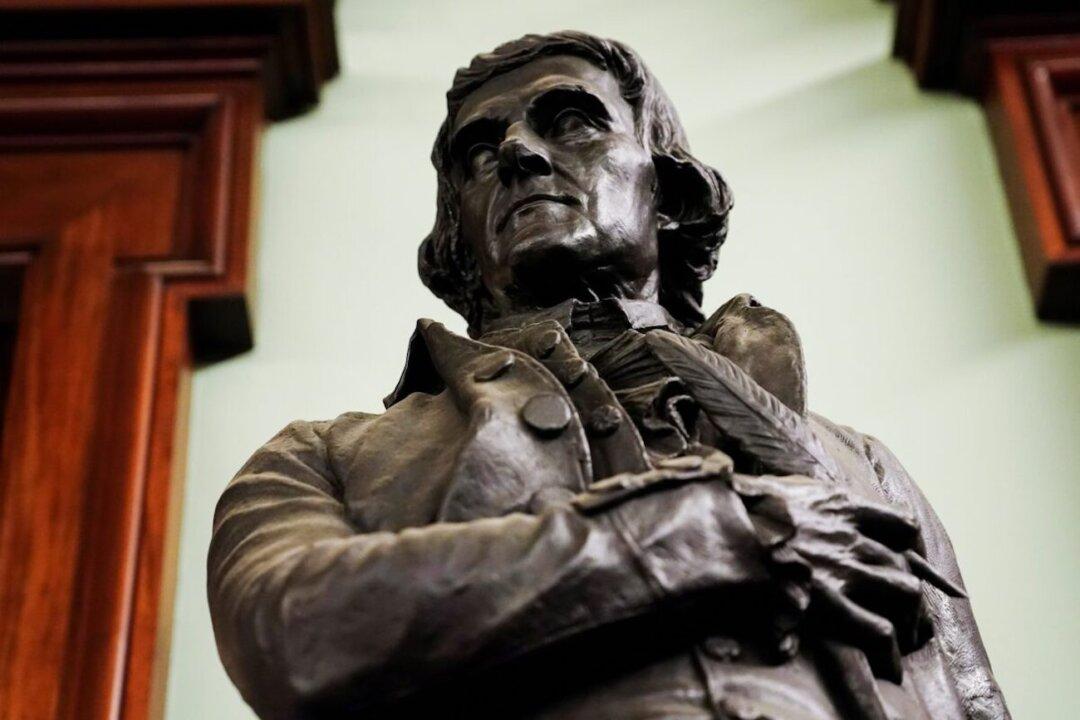Commentary
The New York City Council is considering a measure that would demolish or remove iconic statues of George Washington and Thomas Jefferson from their longtime sites in Manhattan.

The New York City Council is considering a measure that would demolish or remove iconic statues of George Washington and Thomas Jefferson from their longtime sites in Manhattan.